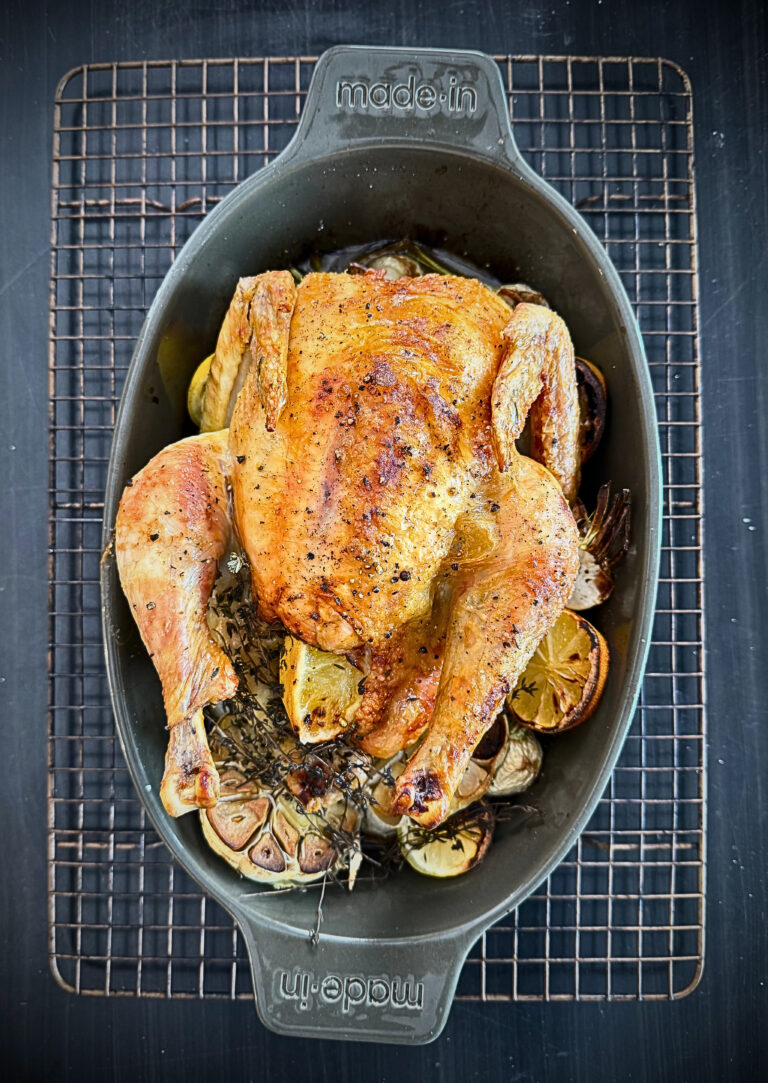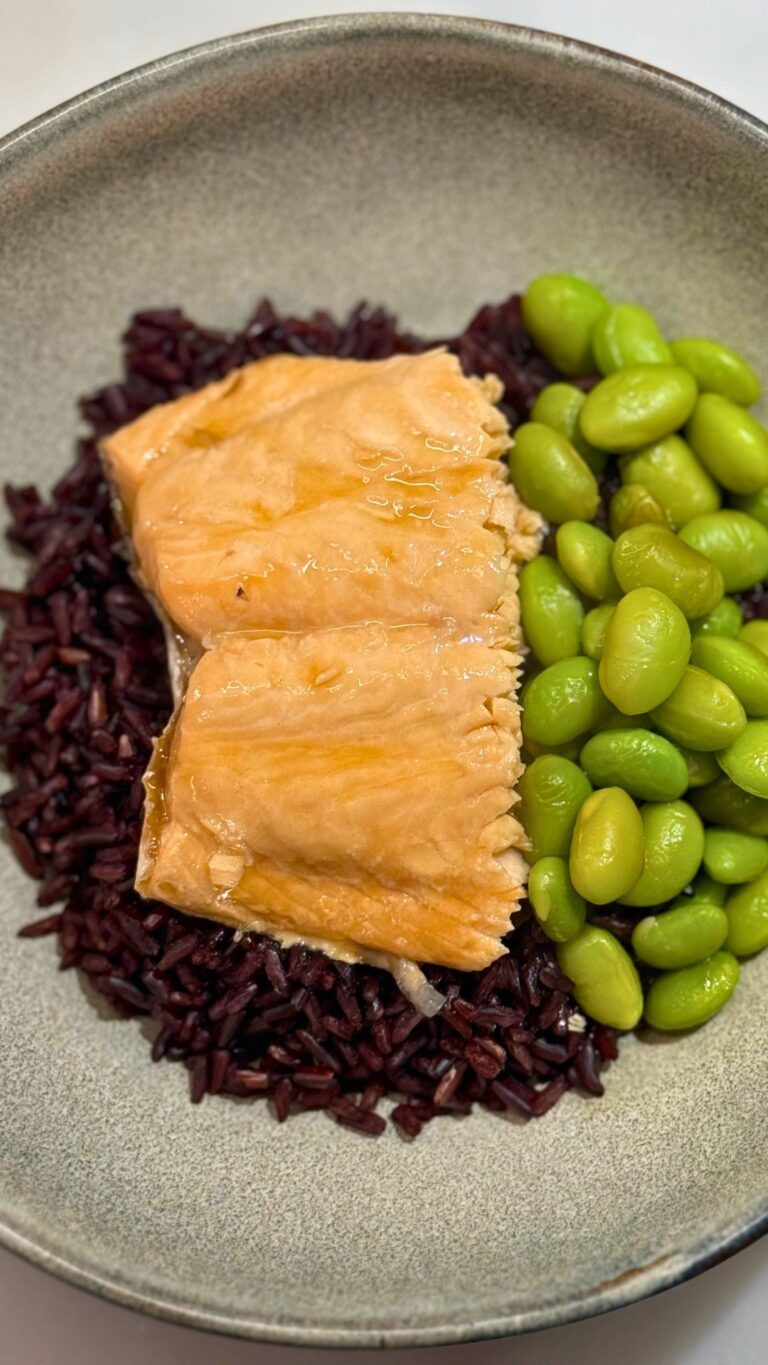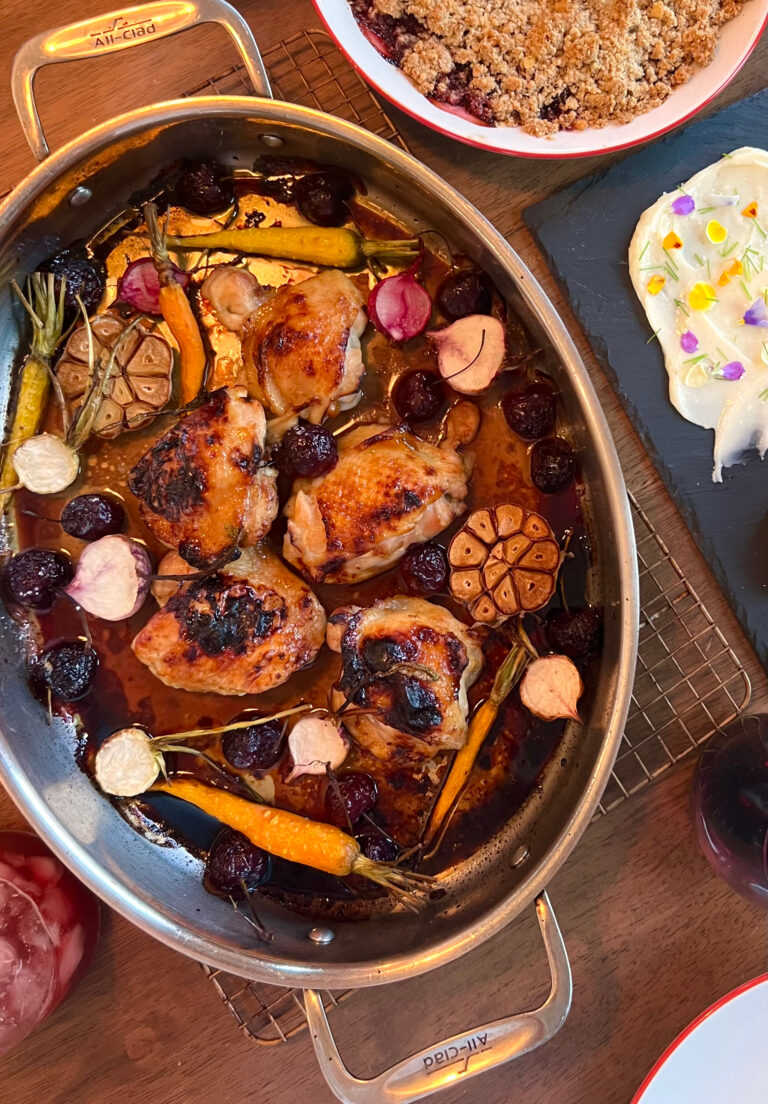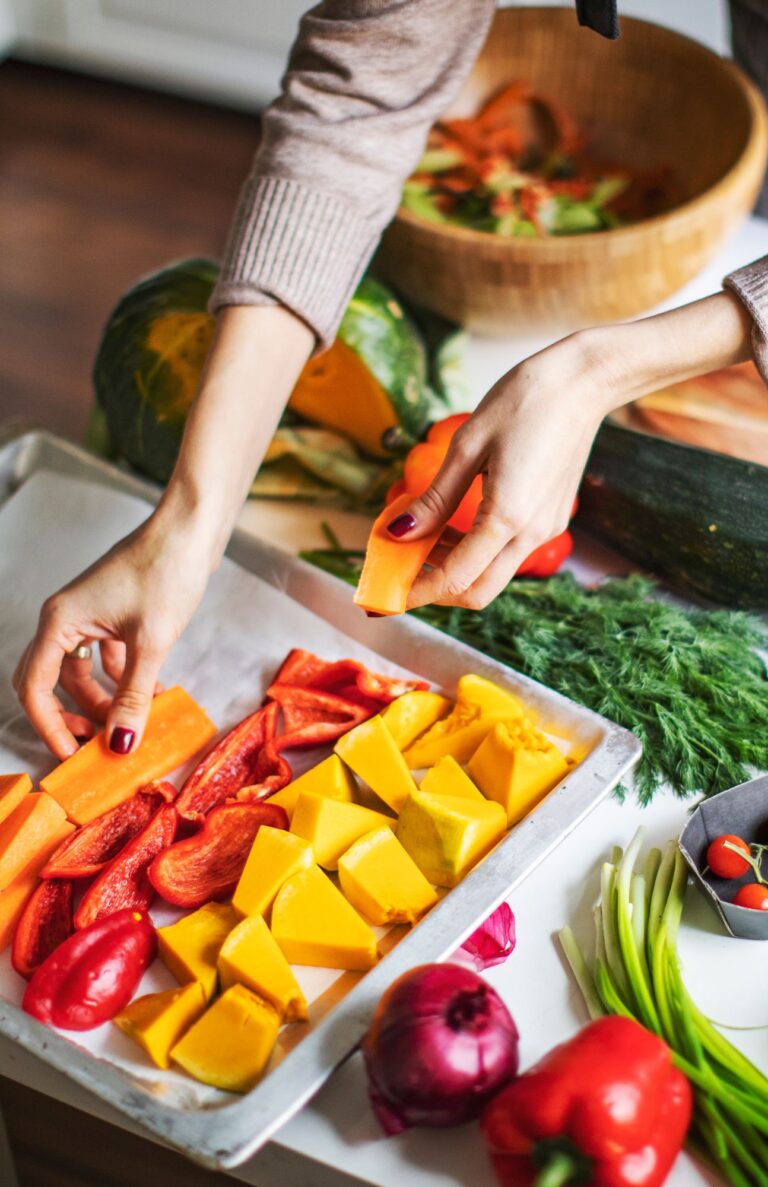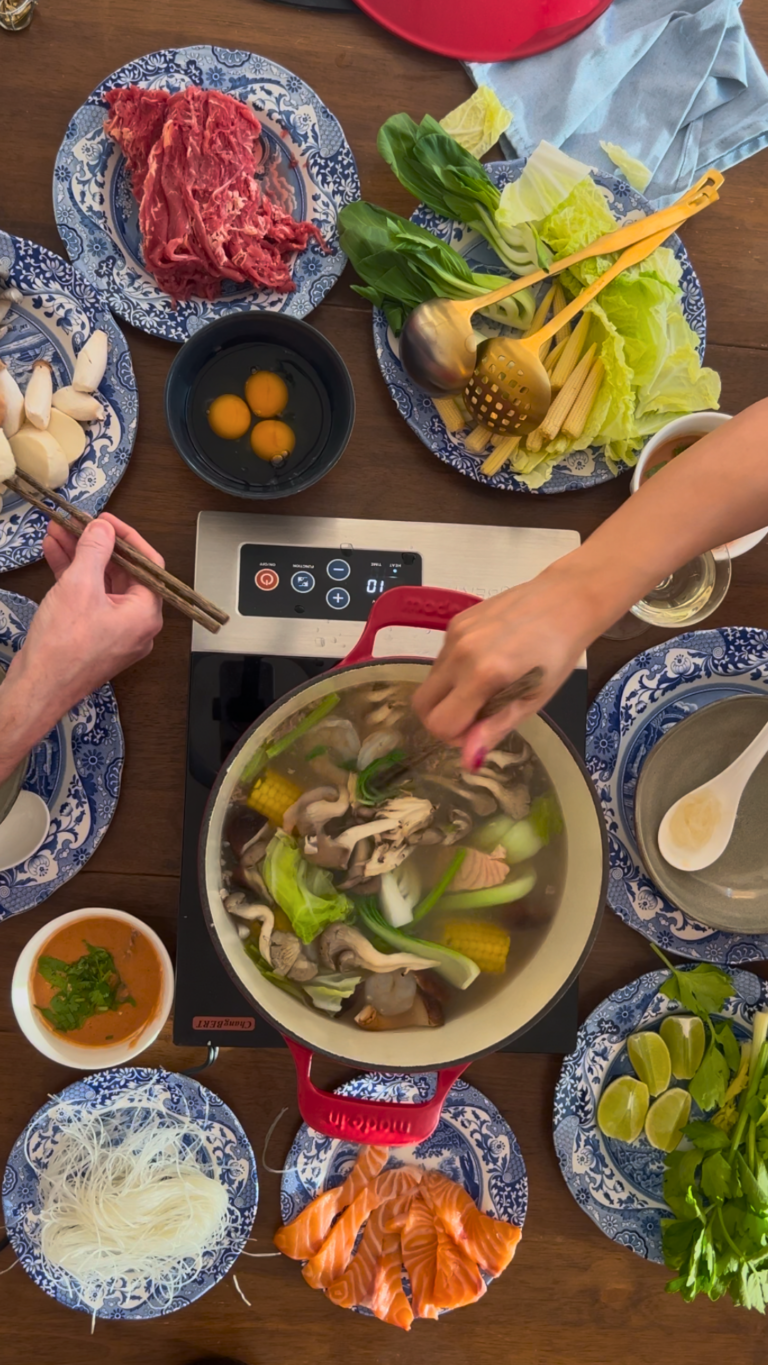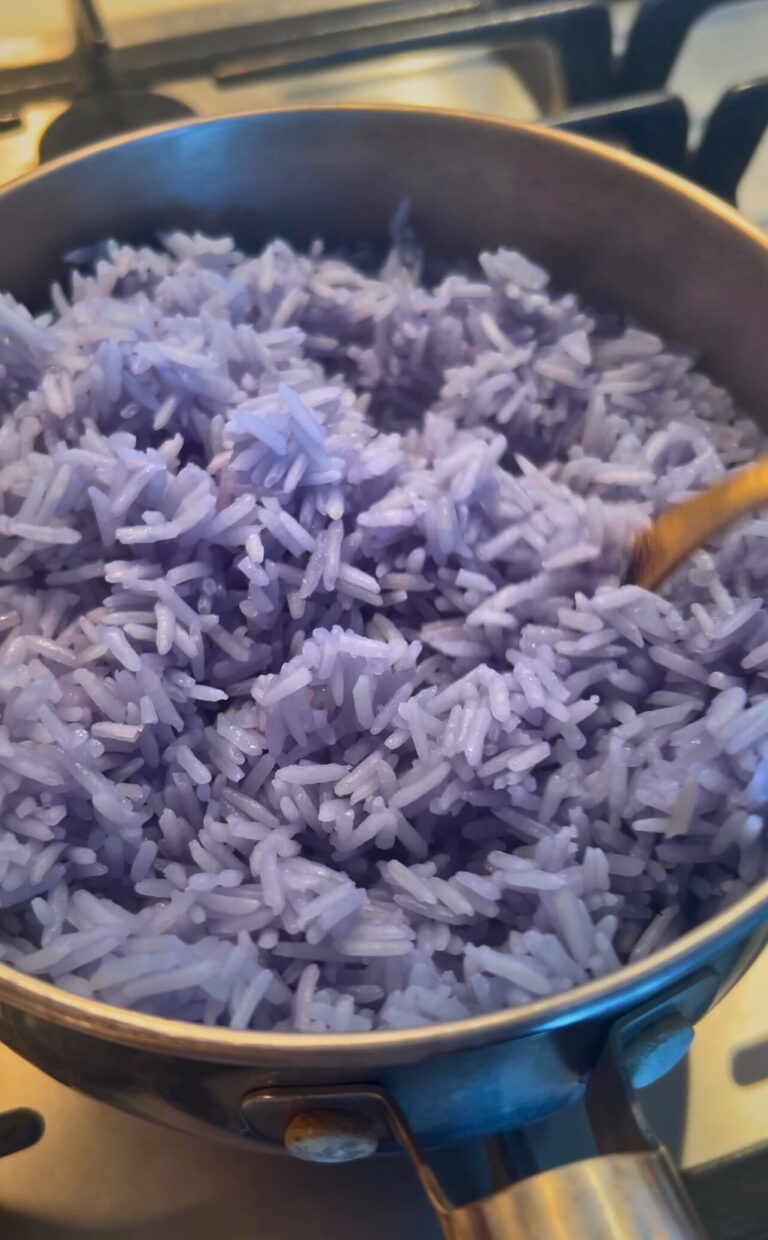Let’s Throw A Bibimbap Party At Home
no-recipe Korean-inspired meal that’s made to share.
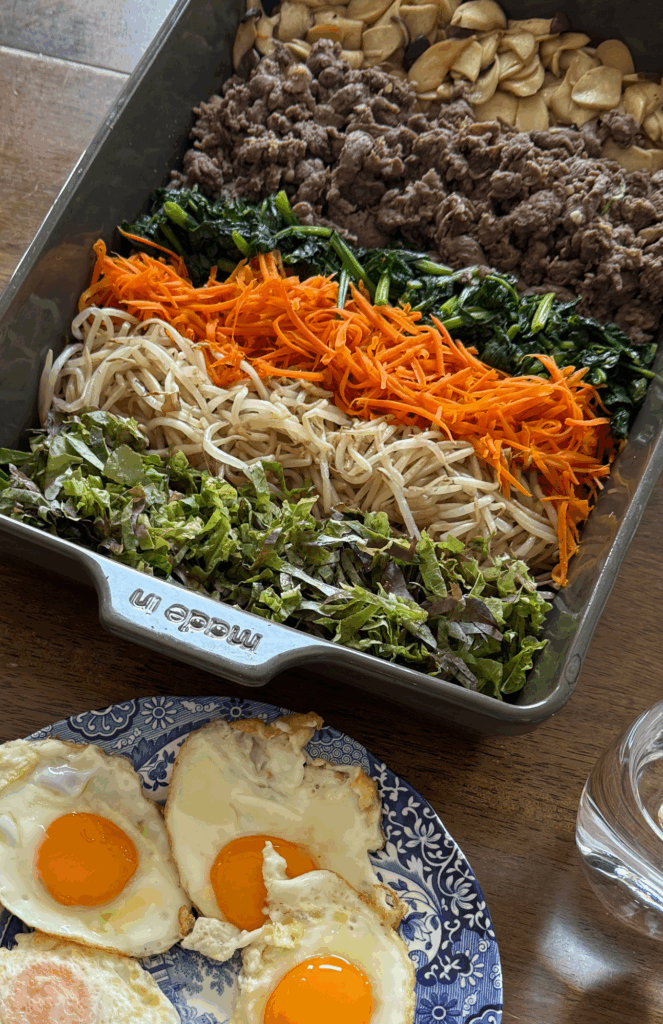
If you’re looking for a laid-back, vibrant, and deeply satisfying way to host friends or family — and you’re a fan of K-pop, K-dramas, or just bold Korean flavors — a bibimbap party is your answer.
This beloved Korean rice bowl is endlessly customizable, naturally beautiful, and made for sharing — the perfect centerpiece for a relaxed, feel-good gathering at home.
Here’s how to host one at home, inspired by a fridge full of kimchi and a table full of love.
A Personal Note: Why This Party Happened
Let me start here: there’s no recipe for this party. It’s about building a table full of fresh ingredients, letting people make it their own, and enjoying the moment together.
This all started when my dear friend — whom I lovingly call my Korean mama, Mama Sukkyoung — came to visit from Orange County. Before her trip, I asked her what she could bring me from California, and she said: “What else? My homemade kimchi.”
She made it herself and carried it all the way to New York.
Conor and I were suddenly blessed with three full bags of incredible kimchi — rich, soulful, and made with so much care. Even though the kimchi wasn’t the star of the meal, it made an amazing side dish, grounding the entire meal with flavor and tradition.
To celebrate her gift, and to share it with friends, I decided to host a lunch at home. I wanted something relaxed, beautiful, and full of color. Bibimbap was the answer. Easy to prep, easy to serve, and deeply personal. What began with kimchi became a whole table of joy.
What Is Bibimbap?
Bibimbap (pronounced bee-bim-bap) means “mixed rice” in Korean. It’s a one-bowl meal of steamed rice, vegetables, protein, and a good spoonful of gochujang (Korean chili paste) — all mixed together just before eating.
It’s simple, satisfying, and endlessly adaptable — the perfect format for a DIY-style meal with guests.
Why Bibimbap Works for a Party
- Customizable: Everyone builds their own bowl
- Colorful: Naturally beautiful — a rainbow of textures and flavors
- Diet-friendly: Easily accommodates all diets
- Prep-ahead: Most components can be made in advance
- Interactive: Guests get involved and engaged at the table
What You’ll Need
The Base
- Steamed short-grain white rice (or brown rice, multigrain, or cauliflower rice)
Vegetables (choose 3–5):
All vegetables should be lightly sautéed in a healthy vegetable oil (such as avocado or grapeseed), with just a touch of salt and pepper — or none at all, since gochujang will add plenty of seasoning.
- Mushrooms — king oyster, shiitake, or enoki (thinly sliced)
- Spinach
- Zucchini (sliced or julienned)
- Carrots (julienned)
- Bean sprouts
Bonus (but essential):
Kimchi — a bold, fermented element that adds tang, heat, and soul to every bowl
Proteins
- Bulgogi-style beef
- Sunny side up egg (easy to make an egg per serving)
- Crispy tofu or grilled tempeh
- Optional: grilled chicken or shrimp
Sauces & Garnishes
- Gochujang mixed with sesame oil and a touch of sweetener
- Toasted sesame oil
- Soy sauce or tamari
- Roasted sesame seeds
- Scallions
- Seaweed flakes
How to Set It Up
The Rice Base
Authentic bibimbap is traditionally served with Korean short-grain white rice — soft, slightly sticky, and perfect for mixing. It’s different from jasmine rice, which is more fragrant and fluffy but doesn’t hold together as well when stirred with toppings and sauce.
While Korean white rice is classic, I recommend adding texture and nutrition by blending in:
- Black rice
- Cooked quinoa
- Brown rice
- Mixed grains or beans
These additions bring extra fiber, color, and earthy flavor — while still honoring the spirit of the dish.
Choose what feels best for you and your guests.
Family Style
Set everything out on the table, just like I did when I hosted a group of five. We arranged the vegetables and bulgogi beautifully on a large platter — as seen in the video — so everything felt inviting and easy to share.
Bowls of rice, sauces, garnishes, and toppings were all within reach.
Each of us built our own bowl, choosing what we loved from the shared dishes in front of us.
It felt relaxed, connected, and full of laughter — the way a home meal should be.
If you’re hosting a bigger group, you can easily switch to a buffet-style setup, spreading toppings out across your kitchen island or counter so everyone can build their bowls at their own pace.
Or make it even more fun and turn it into a bibimbap potluck: ask each guest to bring one vegetable of their choice, prepared and ready to share. It’s interactive, creative, and lightens the prep for the host — while giving everyone a way to contribute to the table.
What to Serve on the Side
To make the meal feel even more rooted in tradition, we also served a few classic Korean accompaniments:
- Kimchi Jjigae (kimchi stew)
- Doenjang Jjigae (fermented soybean paste stew)
- Miyeok-guk (Korean seaweed soup)
These comforting, brothy dishes balance the fresh toppings in bibimbap and round out the meal with warmth and depth.
For dessert, Mama Sukkyoung reminded me to keep it simple, like it’s done in Korea — just fresh fruit.
So we served chilled Korean pears, which are now widely available in Asian grocery stores. They’re crisp, juicy, and naturally sweet — the perfect, refreshing note to end our lunch.
Sometimes the simplest things truly feel the most special.
Pro Tips
- Offer variety: include something crisp, something pickled, and something savory
- Don’t overcomplicate — it’s meant to be playful and instinctive
- Remind guests to mix their bowl before eating — that’s where the flavor magic happens
Final Thoughts
Our bibimbap lunch turned out to be more than just a meal. It was a celebration of friendship, flavor, and a humble fridge full of kimchi. The best part? Watching each person build their own bowl, exactly the way they wanted it.
So if you’re looking for something nourishing and joyful to bring people together, this is it.
You don’t need a recipe. You just need rice, a few bowls, and the people you want to feed.
Let them build their own kind of beautiful.
Please tag me @hongthaimee when you do this party at home. I’d love to see your joy and beautiful plate.
Love,
Hong

